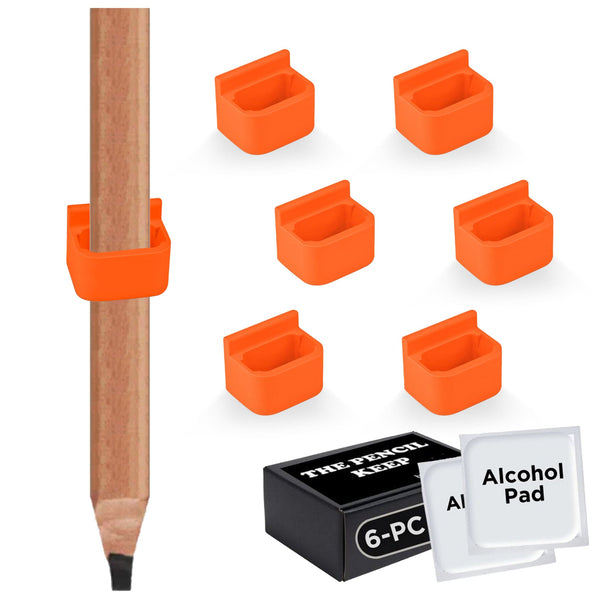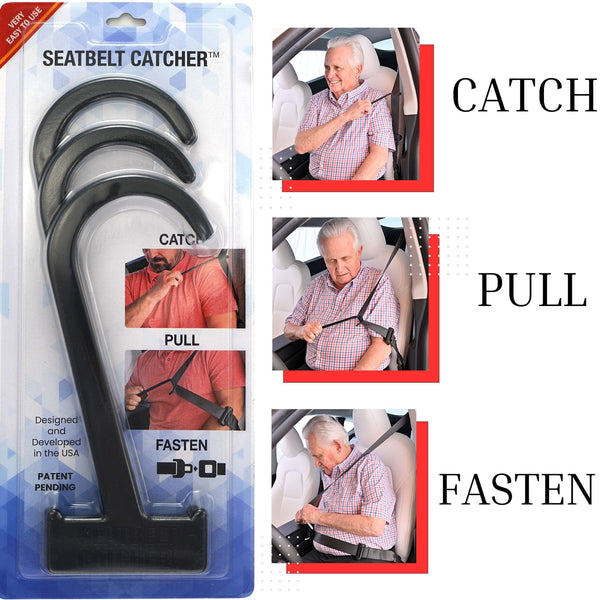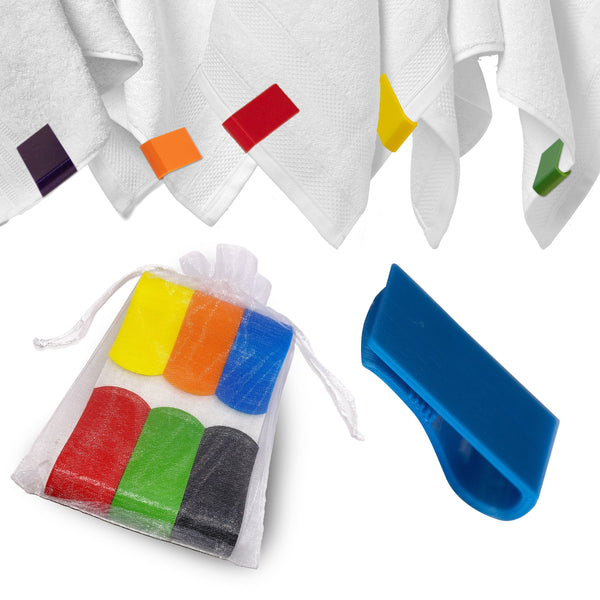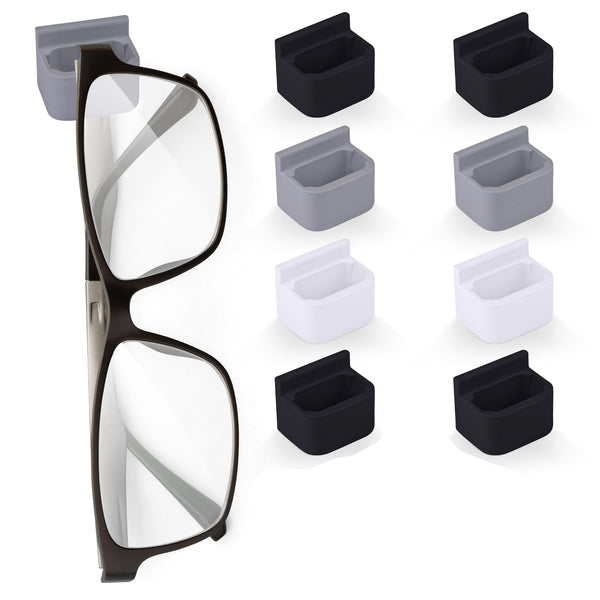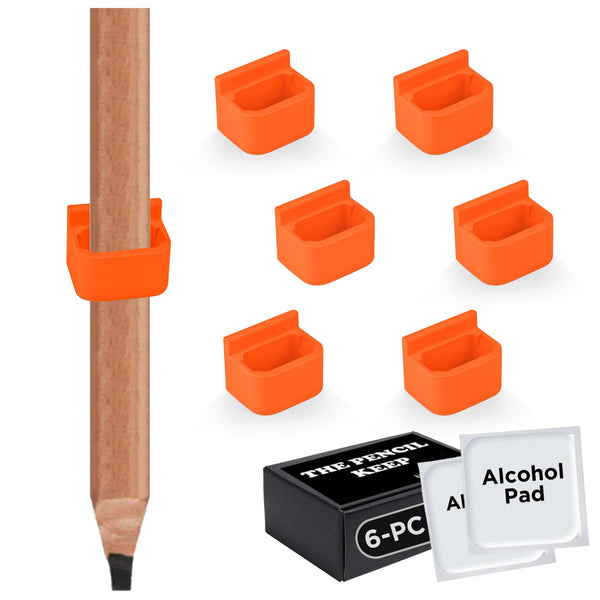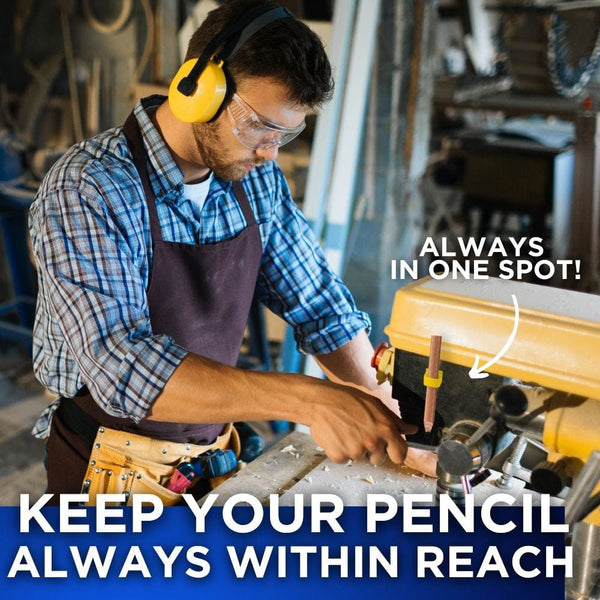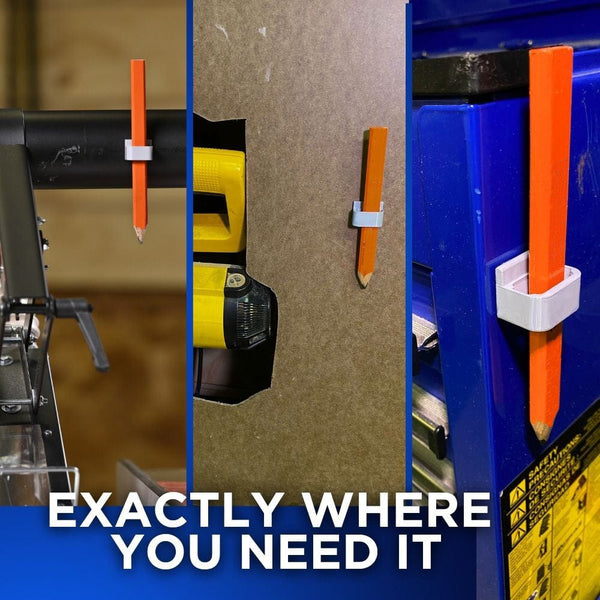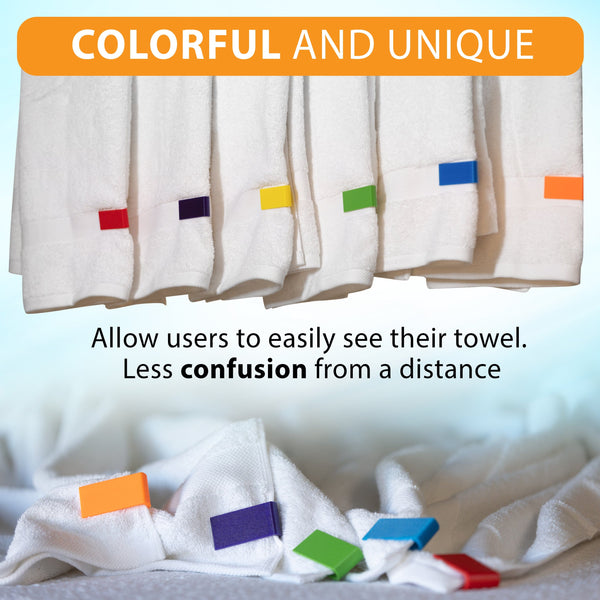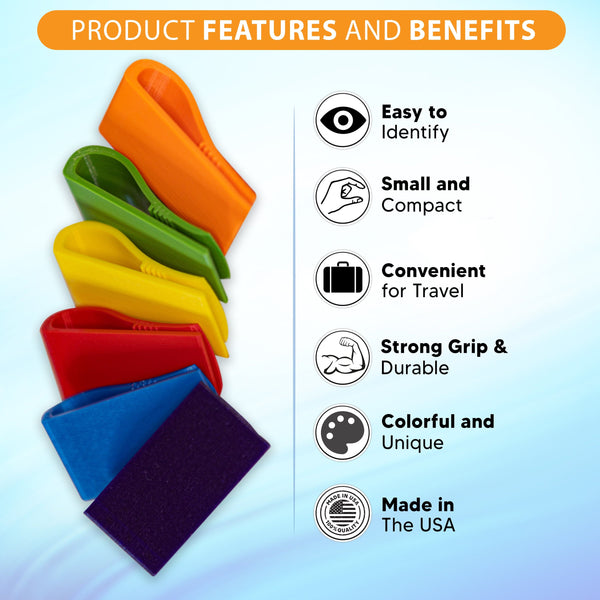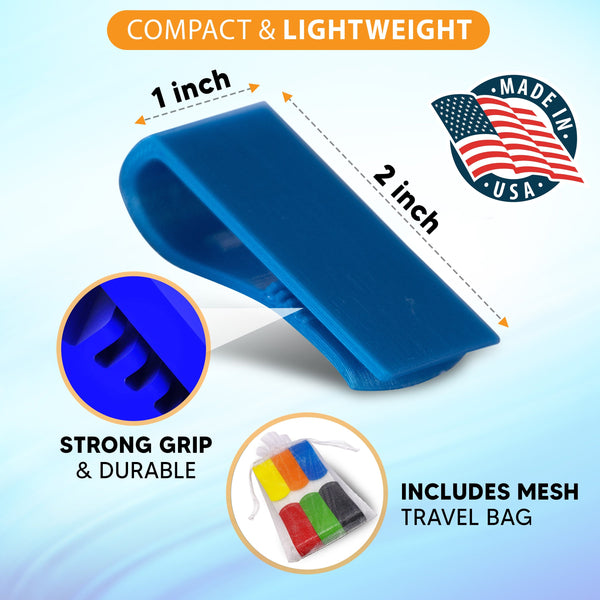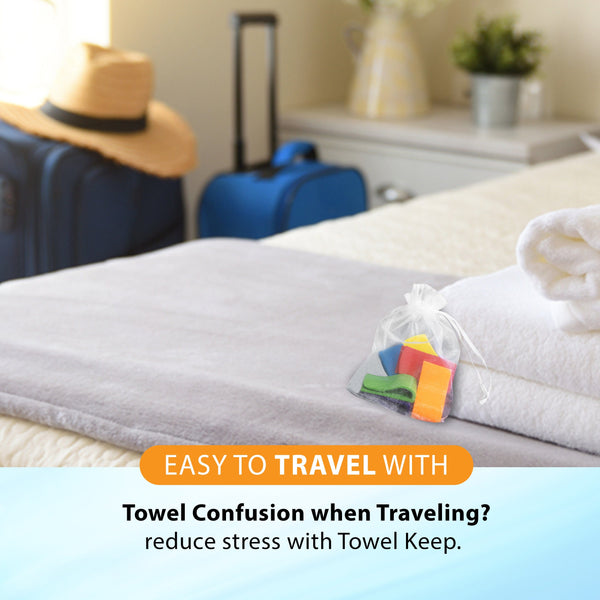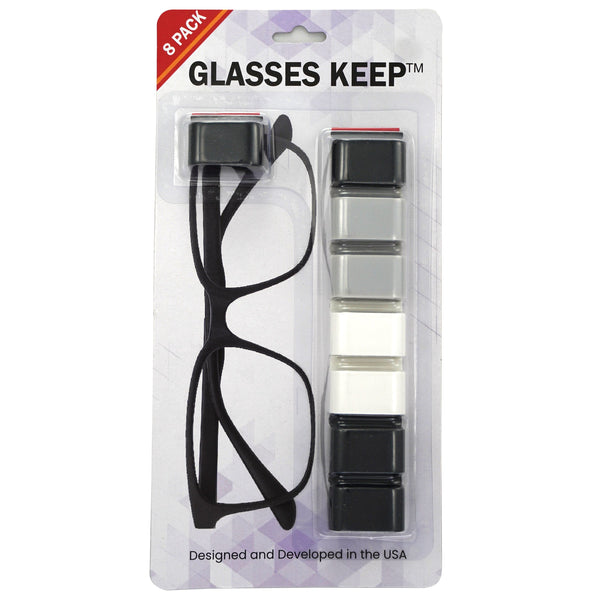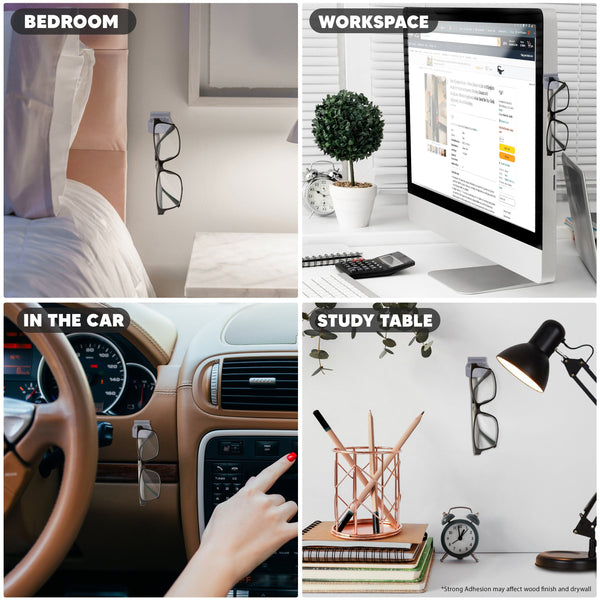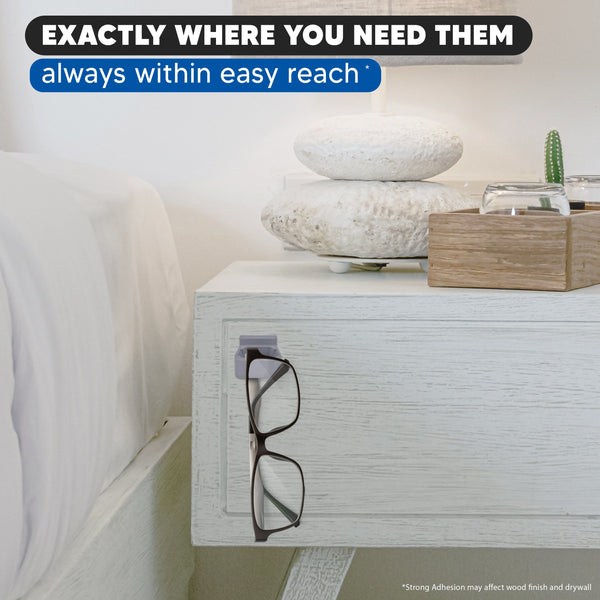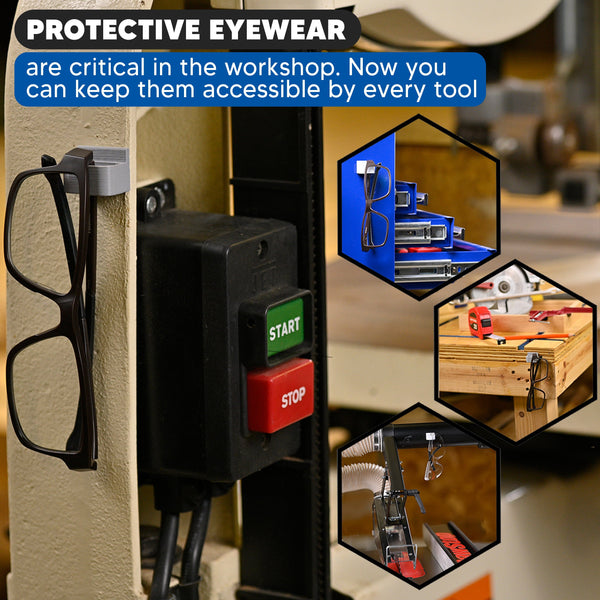Returning to driving after surgery marks a significant milestone in your recovery journey, but it requires careful consideration and the right support tools to ensure both comfort and safety. Whether you're recovering from a minor procedure or major surgery, understanding when and how to return to driving safely can make a substantial difference in your recovery experience.
Understanding Your Recovery Timeline
Before even considering getting behind the wheel, it's crucial to have an open and honest conversation with your healthcare provider about when it's safe to resume driving. This timeline varies significantly depending on your surgery type, recovery progress, and whether you're taking medications that might affect your driving ability. Your doctor will consider factors like your range of motion, reaction time, and overall healing progress.

Making Vehicle Entry Comfortable and Safe
One of the first challenges you'll face is simply getting into your vehicle. Modern solutions like swivel seat cushions can transform this potentially challenging movement into a smooth, comfortable transition. These devices work with your existing seat, requiring no permanent modifications while providing significant support during your recovery. Think of them as your personal transfer assistant, helping you maintain dignity and comfort during vehicle entry and exit.
The Seatbelt Solution: Protection Meets Comfort
Protecting your surgical site while maintaining safety is paramount during your recovery period. The innovative Seatbelt Catcher has become an essential tool for post-surgery drivers, keeping your seatbelt within easy reach without requiring uncomfortable twisting or stretching movements that might stress your surgical site. This simple device demonstrates how thoughtful solutions can significantly enhance both safety and comfort during recovery.

Creating Your Recovery-Friendly Driving Environment
Proper support during driving becomes even more critical during recovery. Strategic placement of cushions and supports can help maintain comfort while protecting your surgical site. Consider how different support options might work best for your specific recovery needs. Lumbar supports, seat cushions, and other positioning aids can work together to create a comfortable driving environment that supports your healing process.
Managing Pain and Comfort During Drives
Post-surgical pain management while driving requires thoughtful preparation and attention to detail. Having easily adjustable support solutions and maintaining proper positioning can help minimize discomfort during your journey. Start with shorter trips as you build your driving confidence back up, and pay attention to how your body responds to different driving durations and conditions.
Temperature Management for Healing
Maintaining comfortable temperature levels can significantly impact your recovery comfort while driving. Consider using heated seats for soothing warmth if recommended for your recovery, or ensure proper ventilation to prevent overheating around your surgical site. These environmental factors can make a substantial difference in your driving comfort during recovery.
Emergency Preparedness During Recovery
Being prepared for unexpected situations helps maintain confidence during your recovery period. Keep any necessary medical information, emergency contacts, and basic supplies easily accessible in your vehicle. Consider creating a small recovery kit with any specific items you might need during your drives, such as extra cushions, pain medication (if approved by your doctor), or wound care supplies.

Weather Considerations During Recovery
Different weather conditions can present unique challenges during your recovery period. Plan your drives accordingly, considering how weather might affect your comfort and safety. This might mean avoiding driving during extreme weather conditions or taking extra precautions during challenging weather situations.
Building Back Your Driving Confidence
Returning to driving after surgery is often a gradual process. Start with short, familiar routes during quiet traffic times as you rebuild your confidence. Pay attention to how you feel during and after these initial drives, and gradually increase your driving duration as your comfort and confidence grow.
The Role of Passengers During Recovery
Having a supportive passenger during your initial return to driving can provide both practical assistance and peace of mind. They can help with vehicle entry and exit, assist with any needed adjustments to your support tools, and provide an extra set of eyes on the road as you regain your driving confidence.

Maintaining Your Recovery Progress
Regular check-ins with your healthcare provider about your driving experiences can help ensure you're maintaining appropriate progress in your recovery. Be honest about any challenges or discomfort you experience while driving, as this information can help guide adjustments to your recovery plan.
Looking Forward: Long-Term Recovery Considerations
As your recovery progresses, you may find that your needs and comfort requirements change. Stay flexible in adapting your driving setup, and don't hesitate to adjust your support tools and strategies as your healing progresses. Some temporary modifications might become permanent preferences for enhanced driving comfort.
Closing Thoughts
Returning to driving after surgery represents a significant step toward reclaiming your independence. With the right combination of tools, support, and patience, you can maintain your driving independence while ensuring your safety and supporting your healing process. Remember that every recovery is unique, and it's important to find the solutions that work best for your specific situation.
The key to successful post-surgery driving lies in proper preparation, the right support tools, and a patient, gradual return to your normal driving routine. By following your healthcare provider's guidance and utilizing helpful tools like the Seatbelt Catcher, you can make your return to driving both safe and comfortable.
